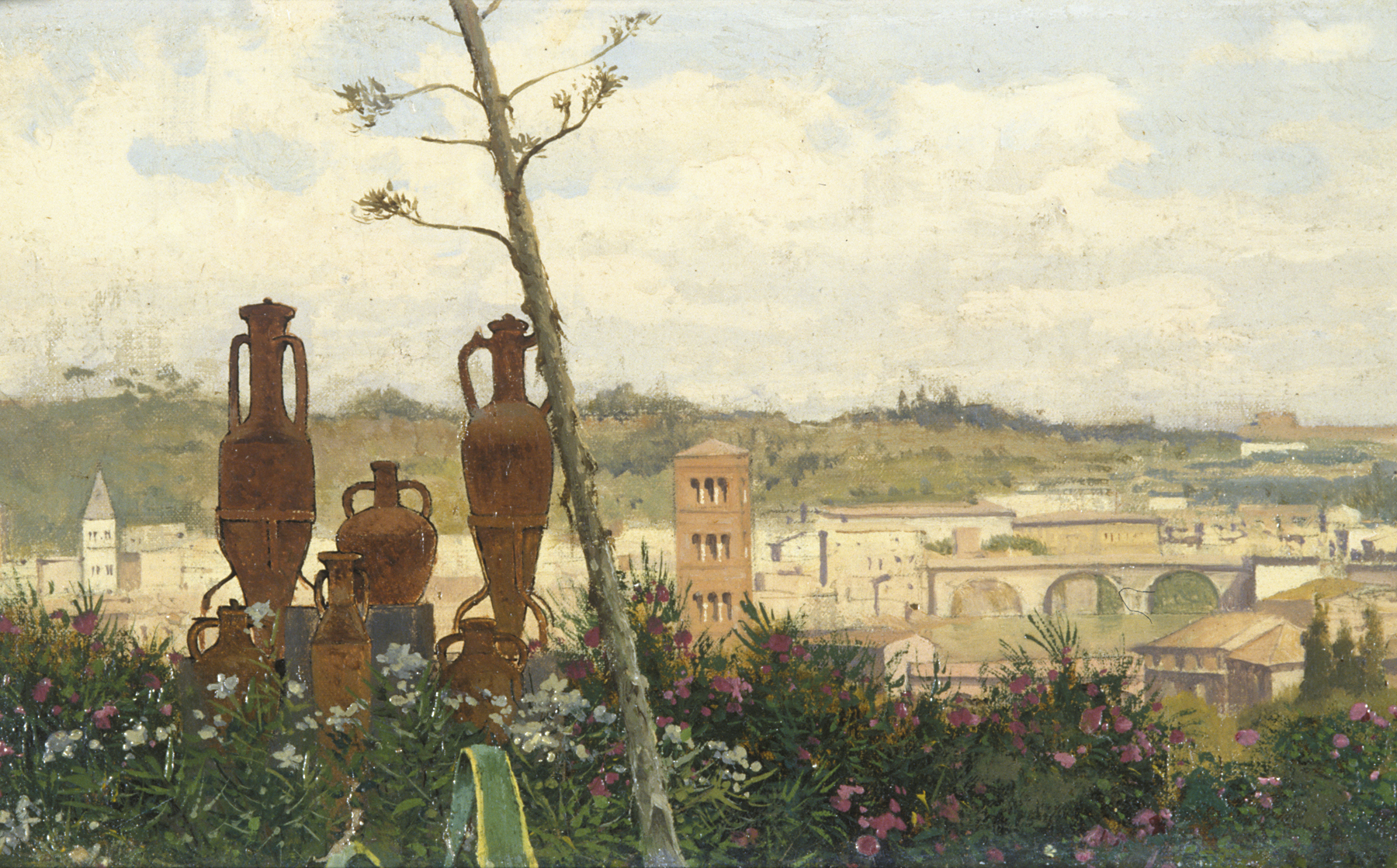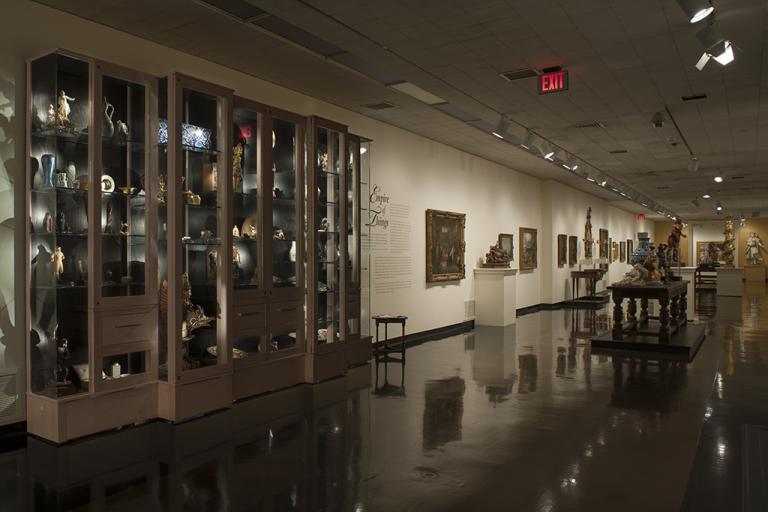View of the Vatican Quarter, Friedrich Nerly
Artwork Overview
Friedrich Nerly, artist
1807–1878
View of the Vatican Quarter,
1828–1835
Where object was made: Kingdom of Prussia (present-day Germany)
Material/technique: oil; canvas
Dimensions:
Canvas/Support (Height x Width x Depth): 14 x 43.8 cm
Canvas/Support (Height x Width x Depth): 5 1/2 x 17 1/4 in
Frame Dimensions (Height x Width x Depth): 9 1/2 x 21 in
Canvas/Support (Height x Width x Depth): 14 x 43.8 cm
Canvas/Support (Height x Width x Depth): 5 1/2 x 17 1/4 in
Frame Dimensions (Height x Width x Depth): 9 1/2 x 21 in
Credit line: Museum purchase
Accession number: 1974.0041
Not on display
If you wish to reproduce this image, please submit an image request





